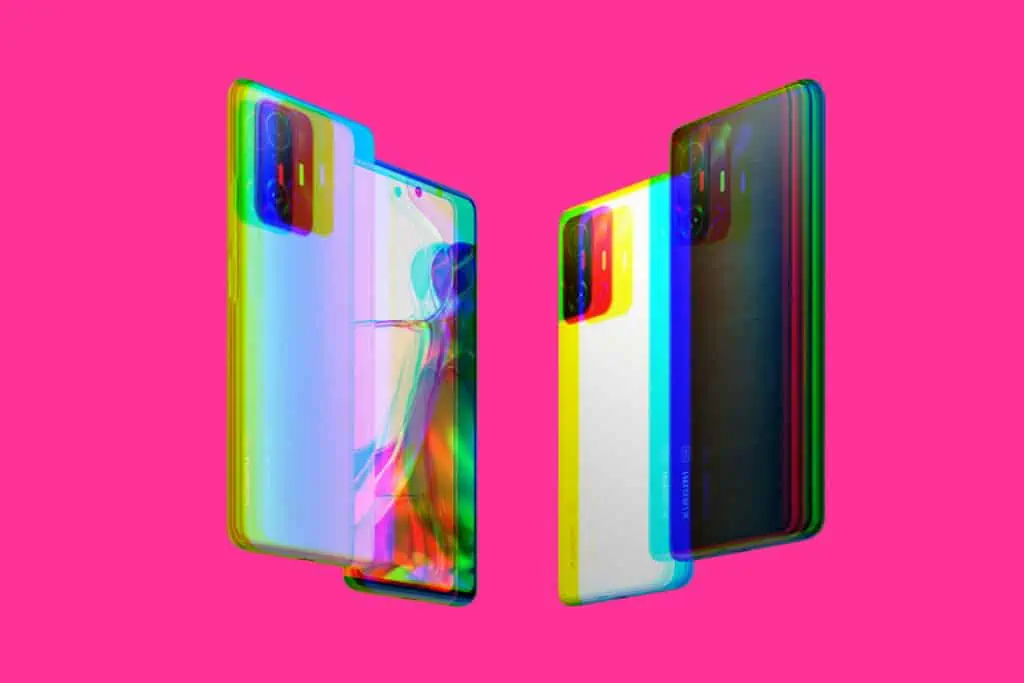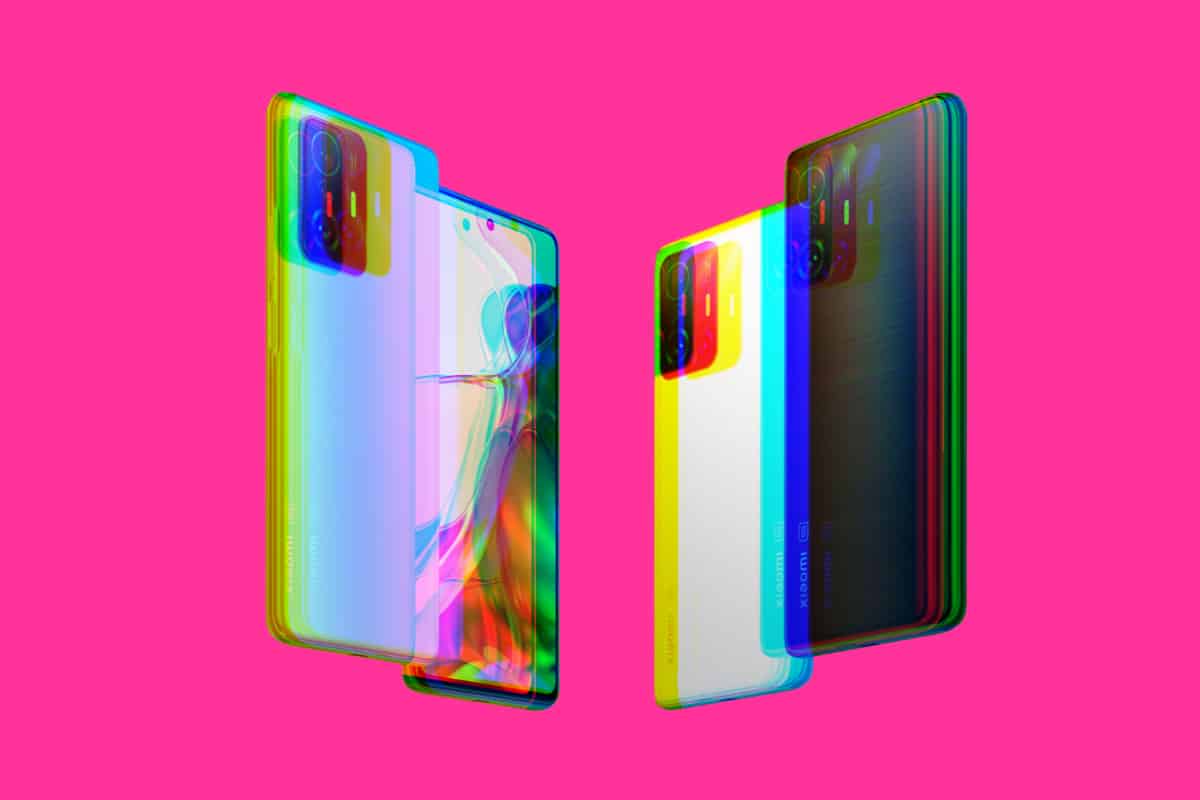Are Xiaomi phones reliable? How many Android updates do they get? And how do they compare to iPhone and Samsung? Let’s find out…
Xiaomi is now one of the top phone makers in the world, second only to Samsung. Depending on whose data you use, Xiaomi is either the second or third biggest phone brand – by shipment volume – today. This is impressive, especially since Xiaomi as a brand is actually rather new.
The company’s growth over the past few years has been impressive; it grew 300% in Latin America, 150% in Africa, and 50% in Europe. Xiaomi’s expansion out of its native China has been one of the biggest success stories in the tech world of late. And it is all powered by Xiaomi’s focus on low-cost, high-powered phones.
In 2021 alone, Xiaomi grew its global market share by 83%, while Apple only managed a mere 1% growth. Meanwhile, VIVO and OPPO both posted 27% and 28% increases, respectively. The growth of Chinese phone brands during the past few years has brought more choices to consumers all over the globe.
The only problematic market for these new, cheaper brands is the USA – carriers and retailers, at the behest of the government, are actively blocking the proliferation of Chinese phones in the US market. Apparently, this is being done for security purposes. But the lack of choice in the US, some argue, is artificially inflating Apple and Samsung’s position as market leaders. Either way, outside the US, Xiaomi is quickly becoming one of the most influential brands in operation today.
But how long do Xiaomi phones actually last? Do they perform and last as long as, say, and iPhone or a phone from Samsung? What are the caveats that one needs to be aware of when switching to Xiaomi? Let’s explore all of these questions in detail, so you can form a better idea about whether or not switching to Xiaomi is advisable in 2022 and beyond.
How Long Do Xiaomi Phones Last?
The durability and reliability of phones, in general, are quite hard metrics to pin down. In some cases, as with Samsung’s Galaxy Note 7, there are mass recalls. In instances like these, we KNOW the phone was unreliable and/or dangerous. But with normal usage and wear and tear, things are harder to pin down. Like all tech, phones – whether built by Apple or Xiaomi – are prone to issues and bugs.

If you do your research online, you’ll find a rather mixed view of how long Xiaomi phones last. Some users claim their Xiaomi phones have lasted longer than all their other phones, while others claim their Xiaomi phone was plagued by bugs and glitches more or less right out of the gate. Generally speaking, Xiaomi’s level of quality control on its phones is pretty good but it still pales in comparison to what you get with Apple and Samsung.
I’ve used Xiaomi phones for several years, tried them because if you buy Xiaomi phones a bit behind the cutting edge, you get a quality phone for a snip of a price.
I’m writing this on a Note 4, it’s been virtually my only computer for about three years and I’m on it much of every day. The battery life still amazes me.
I drop this phone frequently, at least a hundred times in total, but it doesn’t seem to care at all.
This is the first phone I’ve had with no screen protector, but the screen looks perfect after a lot of use.
It cost me less than two hundred bucks to buy this phone new and unlocked (through Banggood). At that price I can keep a spare new phone in my desk, a spare for me or a gift for others in need of a phone. I’ve made a few converts to Xiaomi among family and friends.
A Reddit User
There have been some pretty well-documented issues with Xiaomi phones, but the vast majority of these relate to Xiaomi phones with MediaTek chips. If you avoid these models, the consensus seems to be that, in a like-for-like comparison with other Android phones, Xiaomi phones do pretty well in the longevity stakes, lasting, on average, around three years. Of course, results may vary. But this seems to be the most common answer in popular phone forums.
The issue with Xiaomi phones is that Xiaomi’s customer service is basically none existent. If you have a problem with your phone, Xiaomi will not help you – you’ll have to rely on third-party phone companies to diagnose and fix your phone. With brands like Apple and Samsung, or if you get your phone via a carrier or network, this isn’t an issue. You send the phone back, it gets fixed or, if it is completely fried, you get a replacement.
How Many Android Updates Do Xiaomi Phones Get?
Like OnePlus, Samsung, and Google, Xiaomi has now committed to three years’ worth of Android updates and four years’ worth of security updates. This is a good thing, a step in the right direction. But there is a caveat: it ONLY applies to its newest phones, the Xiaomi 11T Pro and the Xiaomi 11T. Xiaomi has no plans to bring this commitment to its other devices, of which there are literally hundreds in circulation today.
With the continuous improvement made to smartphone hardware, the life cycle of a smartphone is gradually lengthening, meaning users aren’t required to replace their smartphones as frequently. For this reason, more consumers place great importance on receiving the latest operating system updates, along with the latest features.
Xiaomi is committed to providing users with industry-leading hardware and lasting performance. In continuation of this commitment to users, Xiaomi is further extending the life cycle of Xiaomi’s smartphones by ensuring three generations of Android operating system updates.
Albert Shan, Head of Product & Technology, Xiaomi International.
Xiaomi has stated that it is looking at ways to bring three years’ worth of Android updates to its other phones. But the likelihood of this happening is pretty slim. Xiaomi makes and sells A LOT of phones and, for the most part, it’d be impossible to support them all in the same fashion as its 11T and 11T Pro. What might happen, however, is that ALL future Xiaomi flagship phones get three years’ worth of Android updates – that feels like an ideal compromise.
Why Are Xiaomi Phones So Popular?
Xiaomi’s pull and popularity are based on the way it prices its phones; they’re orders of magnitude cheaper than nearly everything else on the market. But they run comparable specs and hardware. And it is this – low price and high-end specs – that makes Xiaomi phones very attractive to phone users. Why spend $1300 on a phone when you get get the same level of spec and hardware for $600?
Xiaomi also makes A LOT of ultra-cheap Android phones too which is why it has grown so fast in Latin America and African markets, where the idea of spending $1300 on a phone isn’t feasible for many. This approach has helped secure Xiaomi a major seat at the table, helping it to catch up with Apple and Samsung in terms of shipment volume. And this growth will only continue, often at the expense of Apple which does not have a viable “cheap” phone in its lineup.
Should You Buy One?
If you’re in the USA, you’re really going to struggle running a Xiaomi phone. You cannot get them via official channels, meaning carriers, and only T-Mobile and Mint Mobile support the bands that Xiaomi phones use. If you do want to buy one, you’ll also have to go through a third-party retailer as well like BANGGOOD or GearBest – although neither are known for their customer service and/or returns policies.
In the UK and Europe, things are dramatically different. You can pick up Xiaomi phones on contract in the UK from networks like Three. If you’re in the UK and you want to try a Xiaomi phone, getting it via an official channel like Three’s store is the safest and easiest way to do things. If something goes wrong with the phone, you’ll be able to return it and either get it fixed or secure yourself a replacement.
You can also buy Xiaomi phones via Amazon too (in all regions). My advice? Buy an unlocked model but be sure to check what bands the phone uses and see if your country’s carriers and/or phone networks support them. If you buy a Xiaomi phone and there are no carriers in your country that support the bands it uses, you’ve essentially just bought yourself a paperweight.
With those caveats aside, I have no problem recommending Xiaomi phones to our readers. Would I use one? No. I’m pretty much an iPhone user these days. And the reason is simple: I like to get market-leading customer support, and reliable and consistent updates for six to eight years, and I like not having to worry about my phone breaking inside the next decade. Prior to this, I used Samsung and Pixel phones. But eventually, I just grew tired of hardware bugs (with Pixel phones) and/or waiting on new software updates, so I switched to iPhone.
For this reason, I usually advise most people to do the same. The iPhone 13 is by far the best “do it all” phone on the market. It isn’t too expensive, it has excellent battery life, it comes with 5G, and it has a great camera and brilliant software. For 99.9% of users, that is literally all you’ll need for the next five to six years.


